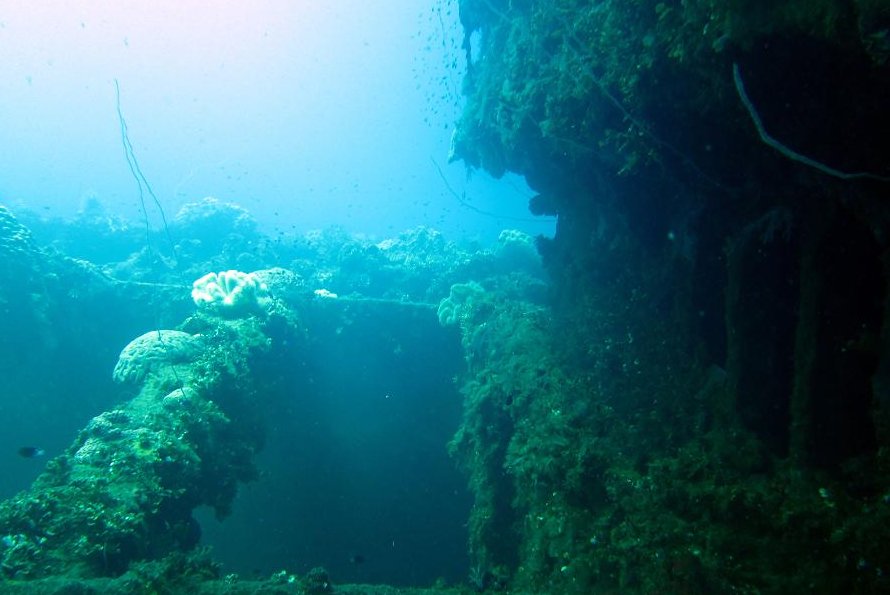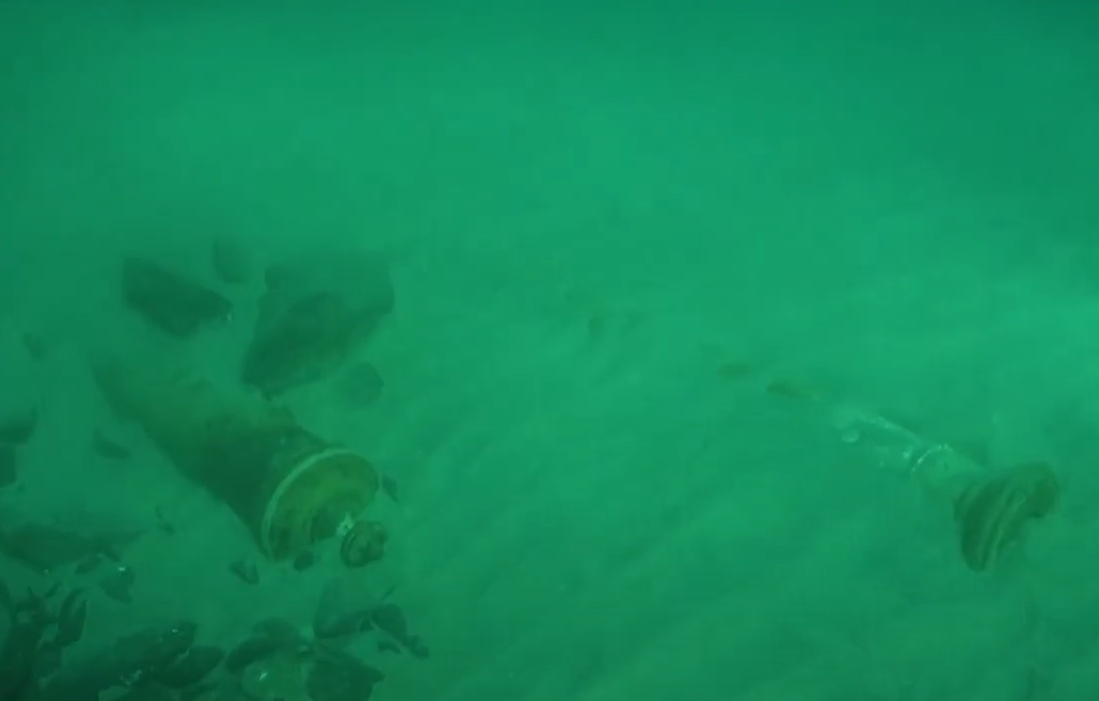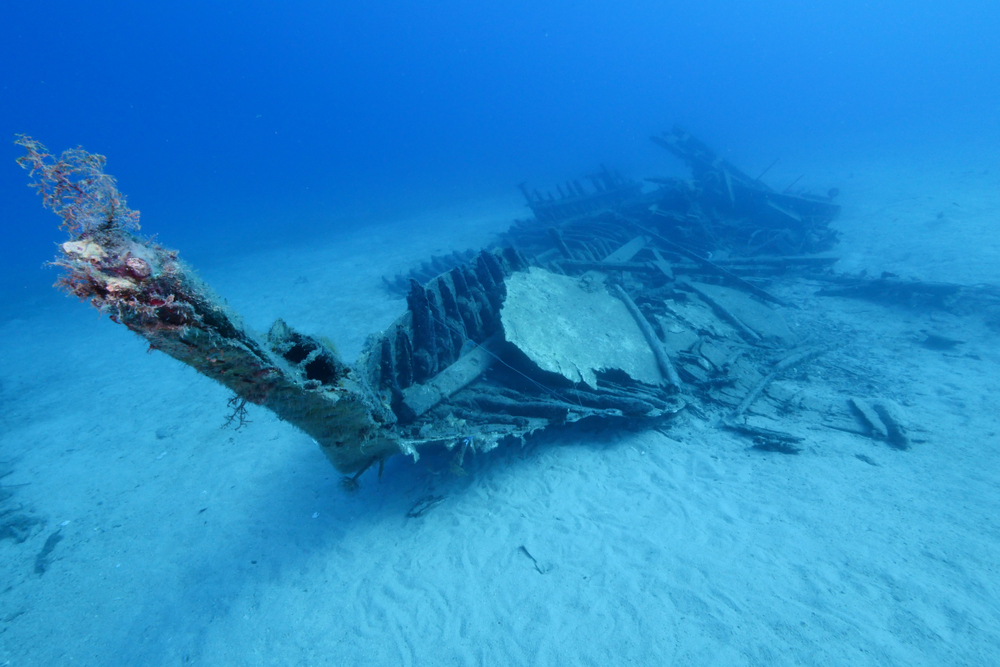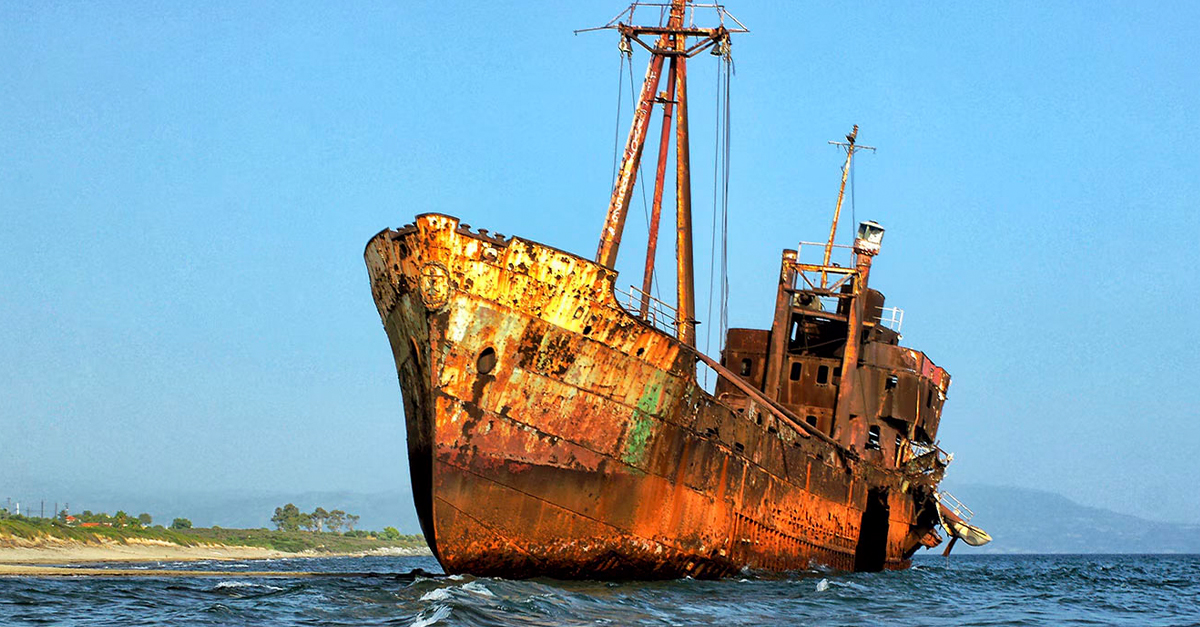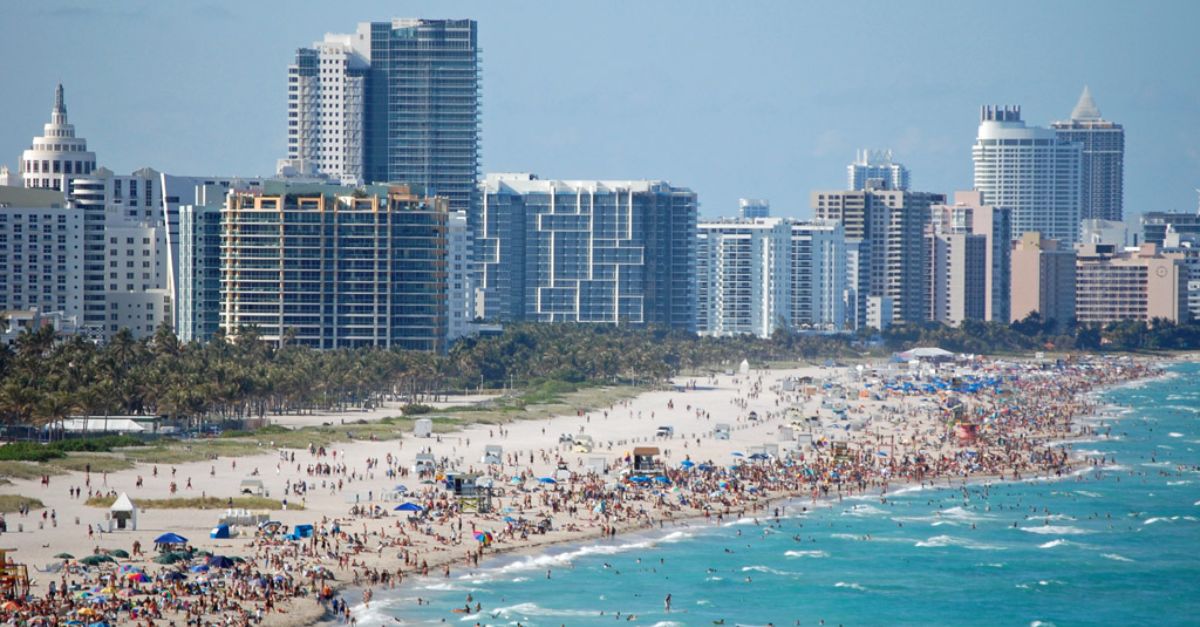A Haunted World
Shipwrecks are not only a window into the past, but also a habitat for marine life. Explorers are drawn to them by the potential of new discoveries and sometimes by the lure of lost treasures. Let's look at the world’s eeriest and most iconic shipwrecks.
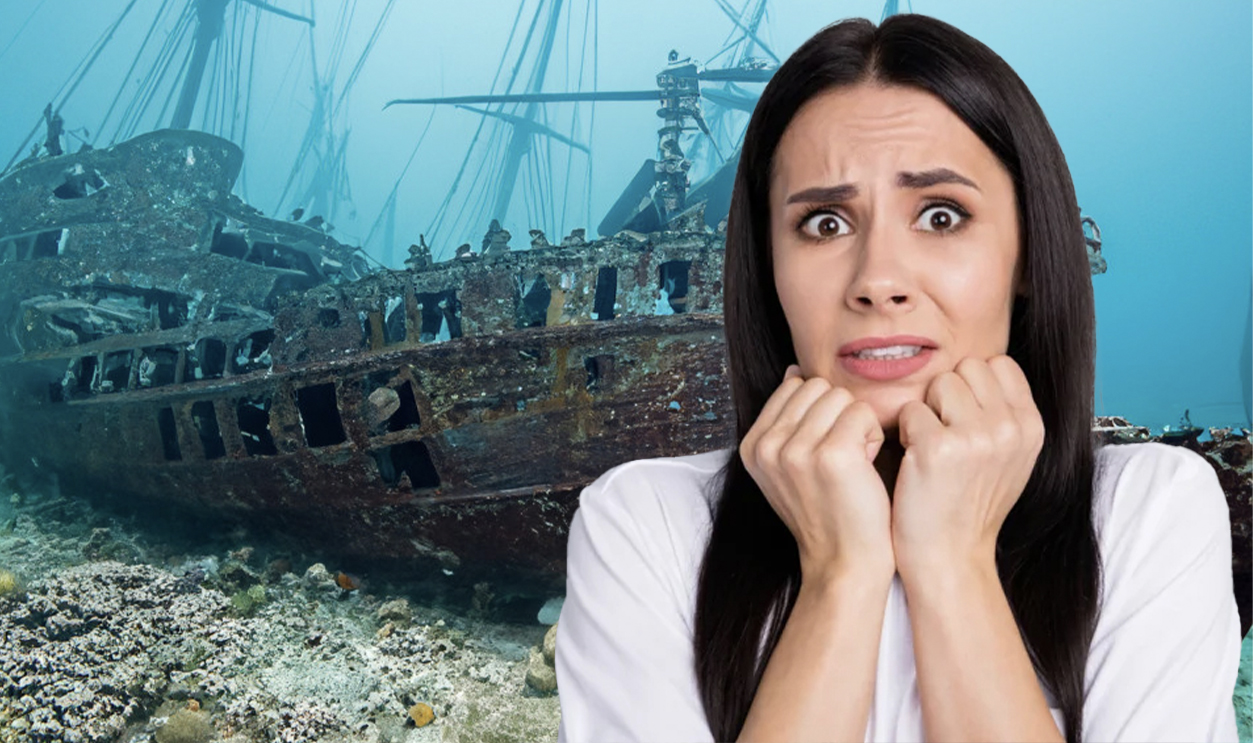
SS Sapona, Bimini, Bahamas
This ship was used to smuggle rum during the prohibition days. Run aground in a hurricane in 1926, the ghostly wreck looms upright out of the water, and is a popular snorkelling site. The ship’s concrete hull has made it a popular reef for local fish as well.
 Compsciscubadive, CC BY-SA 3.0, Wikimedia Commons
Compsciscubadive, CC BY-SA 3.0, Wikimedia Commons
SS Carnatic, Red Sea
The Carnatic was a British passenger and cargo steamer that hit a reef and broke up in 1869 in the Red Sea. It has come to rest almost vertically on the underwater slope of the reef between 50–90 feet in clear water. The wreck provides a thriving habitat for many species of fish including moray eels.
 W.Strickling, CC BY-SA 4.0, Wikimedia Commons
W.Strickling, CC BY-SA 4.0, Wikimedia Commons
SS Coln, Scapa Flow, Scotland
This German light cruiser was scuttled here in 1919 in the aftermath of WWI. The wreck lies at between 80–120 feet in cold murky water, so would be a demanding dive. Many of the warship’s features remain intact, and the interior is still accessible.
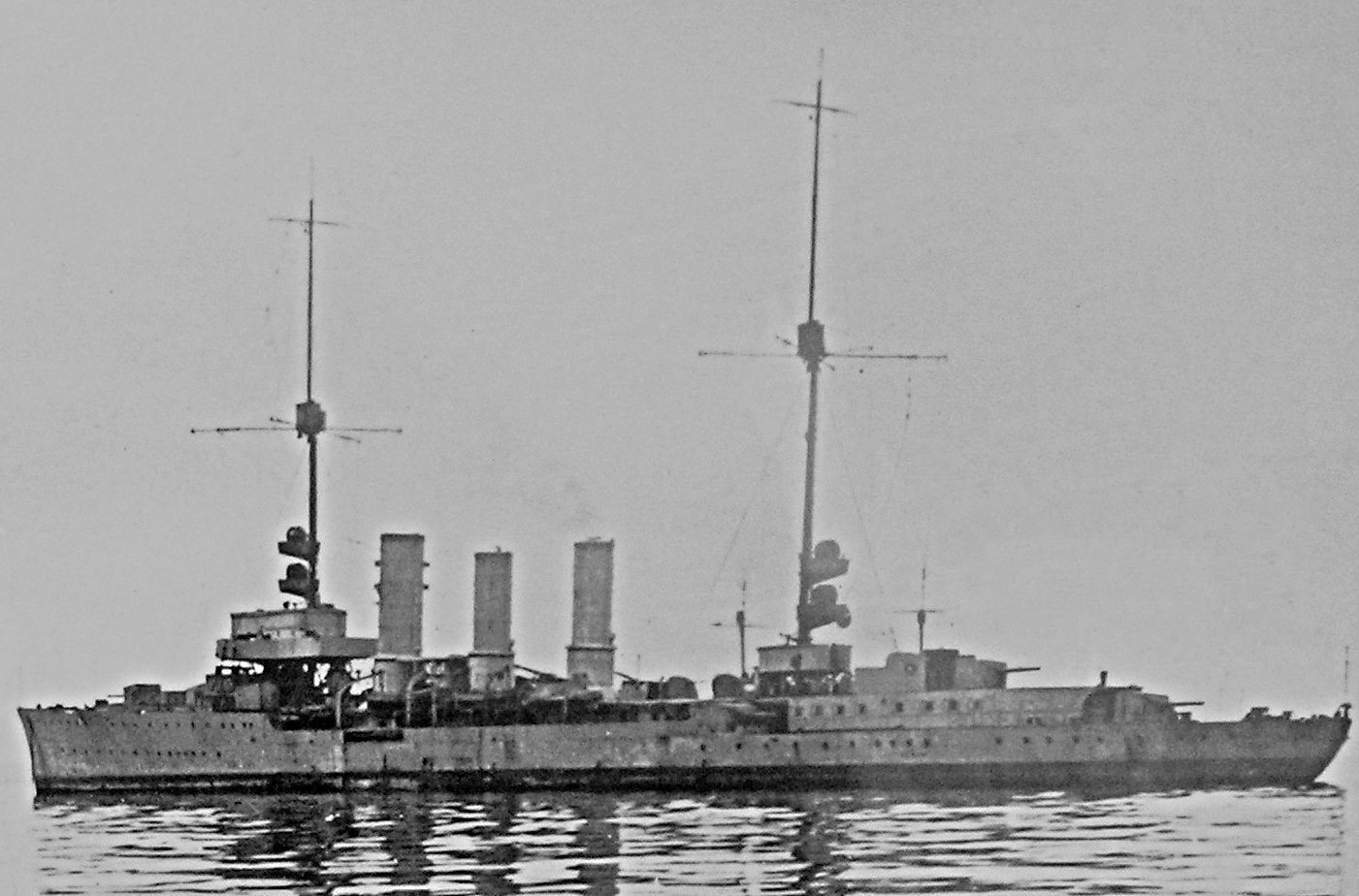 Offical Royal Navy Photographer, Wikimedia Commons
Offical Royal Navy Photographer, Wikimedia Commons
SS Umbria, Red Sea
This Italian cargo ship was intentionally sunk by its crew during WWII to prevent its cargo from falling into enemy hands. The wreck still contains much of its original cargo including munitions, cars, and cases of wine. Resting on its side at between 16–120 feet, the old hull provides support for a coral reef and a thriving marine ecosystem. The ghostly wreck is visible from the air in the clear Red Sea waters.
 Alexander Vasenin, CC BY-SA 4.0, Wikimedia Commons
Alexander Vasenin, CC BY-SA 4.0, Wikimedia Commons
The Hilma Hooker, Bonaire
This cargo ship was another that was intentionally sunk, in this case not because of a war but as part of a drug smuggling operation in 1984. Lying in clear shallow water at between 60–100 feet, the wreck is a popular diving spot because of its accessibility and abundant coral reef ecosystem.
 Purpleshepp, CC BY-SA 4.0, Wikimedia Commons
Purpleshepp, CC BY-SA 4.0, Wikimedia Commons
USS Saratoga, Bikini Atoll
This enormous US aircraft carrier took part in the nuclear tests conducted by the United States in the Pacific Ocean immediately after WWII. Lying at between 90–170 feet, the hangars and flight deck are accessible, and the aircraft are still inside the ship.
 National Parks Gallery, Picryl
National Parks Gallery, Picryl
Fujikawa Maru, Truk Lagoon, Micronesia
This Japanese transport ship sunk during WWII is one of the most intact and accessible shipwrecks in the world, lying at between 60–110 feet. Artifacts and aircraft are still visible within its interior while the wreck’s structure supports a coral reef in the South Pacific waters.
San Francisco Maru, Truk Lagoon
Part of the same Japanese fleet contingent as the neighboring Fujikawa Maru, San Francisco Maru is noted for the huge cargo of tanks and trucks it held at the time of its sinking. Lying at 150–210 feet, it’s deeper than Fujikawa Maru. These wrecks were showcased in a Jacques Cousteau episode called The Lagoon of Lost Ships (1969).
 montereydiver, CC BY 2.0, Wikimedia Commons
montereydiver, CC BY 2.0, Wikimedia Commons
USAT Liberty, Bali
This US cargo ship was torpedoed by the Japanese in 1942, and now rests just offshore of Tulamben in Bali. Now a coral reef, you can swim out to the wreck and observe the many tropical fish that now call the shipwreck home. The wreck lies at between 15–100 feet.
 Pb1791, CC BY-SA 3.0, Wikimedia Commons
Pb1791, CC BY-SA 3.0, Wikimedia Commons
SS President Coolidge, Vanuatu
The President Coolidge was a luxury passenger liner converted into a transport during WWII. Sunk in action by a floating mine, the 600-foot-long ship is a major target for divers who can also wander its ghostly interior. One of the more intact shipwrecks in the world, it rests at a depth of between 70–200 feet.
SS Yongala, Queensland, Australia
The Yongala was a passenger steamer that sank in a cyclone in 1911. Due to strict laws that prohibit divers from entering the wreck, the Yongala is one of the best-preserved shipwrecks in the world. Corals and sponges thrive on the old wreck’s structure, allowing species like sea turtles, sharks, and sea snakes to flourish at its depth of between 50–100 feet.
 Auscape/Universal Images Group, Getty Images
Auscape/Universal Images Group, Getty Images
The Zenobia, Larnaca, Cyprus
The Zenobia was a Swedish truck ferry that capsized in 1980 in the harbor of Larnaca in Cyprus, taking its cargo worth hundreds of millions of dollars with her. The large size and accessibility of the ship at between 50–140 feet make it a popular diving destination. Barracudas, groupers, and sea bream are some of the notable fish spotted in these waters.
 Jetlife2, CC BY-SA 3.0, Wikimedia Commons
Jetlife2, CC BY-SA 3.0, Wikimedia Commons
SS Thistlegorm, Red Sea
The captain of this vessel was awarded the Order of the British Empire for his actions in saving most of his crew after the Thistlegorm was sunk by a German air raid in WWII. Most of the ship’s cargo is still visible on board, but a couple of train locomotives the ship was transporting seem to have been lost. Barracudas, groupers, and sea turtles are a frequent sight in the vicinity of the wreck, which lies at a depth of 50–100 feet.
 Woodym555, CC BY-SA 3.0, Wikimedia Commons
Woodym555, CC BY-SA 3.0, Wikimedia Commons
Chuyo Maru, Palau
Another Japanese transport sunk during WWII, the ship sits upright at a depth of about 120 feet. Its engine room is still intact, offering intrepid divers a ghostly historical tour. Lionfish are frequently seen in the vicinity of the wreck.
The E B Allen, Alpena, Michigan
The E B Allen was a schooner that was sunk in 1871 after colliding with another ship in a fog on Lake Huron in 1871. No lives were lost in the disaster, but the upright intact hull at 90 feet of depth is a haunting reminder of the dangers of Great Lakes shipping.
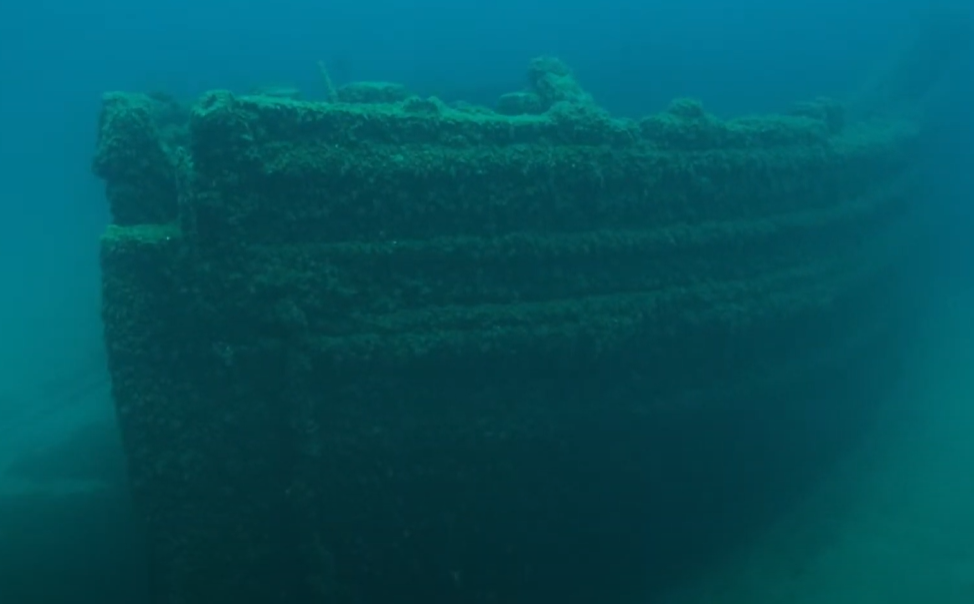 Thunder Bay Shipwrecks: E.B. Allen, Thunder Bay National Marine Sanctuary
Thunder Bay Shipwrecks: E.B. Allen, Thunder Bay National Marine Sanctuary
Hirokawa Maru, Guadalcanal, Solomon Islands
The crew of this WWII Japanese cargo ship rammed it into the shore head on, so the wreck’s bow rests only 10 feet deep, whereas the other end of the ship is at almost 200 feet. The easy access to the ship’s front and the haunting darkness of the ship’s depths makes it a particularly eerie experience for those divers to venture into the wreck’s interior.
 Auscape/Universal Images Group, Getty Images
Auscape/Universal Images Group, Getty Images
HMS Moldavia, English Channel
This 520-foot passenger steamer was converted into an armed merchant ship during WWI. She met her end at the hands of a German U-boat in 1918. 56 American servicemen lost their lives in the sinking. The haunting wreck now rests at the bottom of the English Channel at a depth of between 90–155 feet with much of her above deck features still intact.
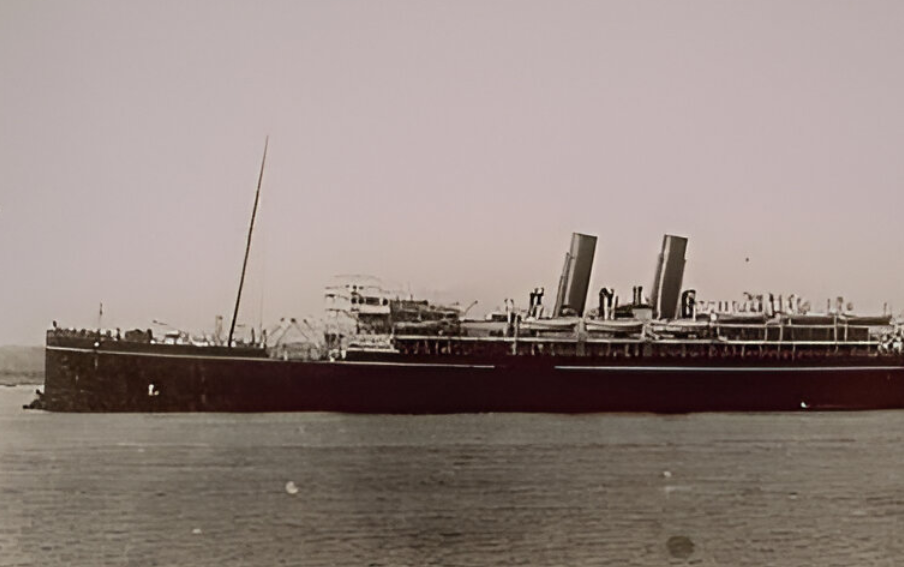 Unknown Author, Wikimedia Commons
Unknown Author, Wikimedia Commons
The Aida, Red Sea
The Aida was a lighthouse and buoy tender that was slammed into the rocks of the Brothers Islands reef in 1957 in heavy weather. The eeriest part of this wreck is its vertical position in the water as the reef drops off. The uppermost end of the wreck is at 82 feet heading down into the darkness of almost 200 feet.
U-352, Morehead City, North Carolina
This German U-boat that was sunk in 1942 was discovered in 1975 about 26 miles south of Morehead City, North Carolina. It sits in about 115 feet of water. The outside of the vessel is relatively intact, and the inside can be glimpsed through small openings in the hatches and conning tower. The vessel is a tomb for 15 men trapped inside.
 NOAA's National Ocean Service, CC BY 2.0, Wikimedia Commons
NOAA's National Ocean Service, CC BY 2.0, Wikimedia Commons
The Endurance, Weddell Sea, Antarctica
The long-anticipated discovery of the lost ship of the 1915 Shackleton expedition was found in the waters off Antarctica in March 2022. The ship is well preserved at a depth of almost 10,000 feet where the extreme cold and pressure prevent deterioration of its wooden structure.
 Royal Geographical Society, Wikimedia Commons
Royal Geographical Society, Wikimedia Commons
SS Probitas, Saranda, Albania
This Italian cargo ship was sunk during WWII. It lies about 600 feet offshore from the Albanian town of Saranda. Sitting just below the surface, the ship’s ghostly form is plainly visible from the air, making a very unsettling sight below the harbor’s waters.
 Aurontare, CC BY-SA 4.0, Wikimedia Commons
Aurontare, CC BY-SA 4.0, Wikimedia Commons
SS Edmund Fitzgerald, Lake Superior
The fate of the Great Lakes iron ore carrier Edmund Fitzgerald is well known, vanishing with all 29 men beneath the waves amid the legendary wrath of a November storm on Lake Superior in 1975. The ship lies in two pieces at a depth of 530 feet about 17 miles from Whitefish Bay. Dives and underwater surveys of the wreck are heavily regulated by the Ontario provincial government.
 Greenmars, CC BY-SA 3.0, Wikimedia Commons
Greenmars, CC BY-SA 3.0, Wikimedia Commons
HMHS Britannic, Aegean Sea, Greece
This British giant was a White Star Lines luxury liner until it was converted into a hospital ship during WWI. Sunk by a mine, 30 of the 1,066 people on board at the time lost their lives. The almost 900-foot-long shipwreck was discovered by Jacques Cousteau in 1975 in surprisingly intact condition about 400 feet down in the Aegean Cyclades Islands.
 Allan C. Green, Wikimedia Commons
Allan C. Green, Wikimedia Commons
SS Aachen, Baltic Sea
This stately German passenger steamer converted into a navy ship was sunk with significant loss of life after hitting a mine in the Baltic Sea in 1915. Its interior and many of its luxurious staterooms and cabins are still largely intact.
RMS Lusitania, Ireland
The enormous Cunard liner Lusitania was famously torpedoed by the Germans in 1915 during WWI causing horrendous loss of life and worldwide condemnation. It rests 11 miles south of Kinsale, Cork, Ireland in about 300 feet of water. Tides and corrosion have collapsed much of the hull of one of the world’s most haunting shipwrecks.
 MaritimeQuest, Wikimedia Commons
MaritimeQuest, Wikimedia Commons
MS World Discoverer, Tulagi, Solomon Islands
This 287-foot cruise ship struck an uncharted reef in the Solomon Islands in 2000 and was run aground to avoid sinking. No lives were lost in the incident and the ship still lies upright out of the rocks near shore where it was run aground.
 Philjones828, CC BY-SA 3.0, Wikimedia Commons
Philjones828, CC BY-SA 3.0, Wikimedia Commons
USS Johnston, Samar, Philippines
The courage of the crew of the Johnston is part of the story of the famous WWII American naval victory of Leyte Gulf. The destroyer was sunk and now rests in the depths of the Philippines Trench. Discovered in 2019 by deep sea research submersibles, the wreck of the Johnston lies more than 21,000 feet below the waves, at the time the deepest shipwreck ever found.
 Vlvescovo, CC BY-SA 4.0, Wikimedia Commons
Vlvescovo, CC BY-SA 4.0, Wikimedia Commons
Gunilda, Lake Superior
The Gunilda was a steel-hulled yacht that ran onto rocks while on a tour of Lake Superior in 1911. Efforts to pull the vessel off the rocks caused it to go straight down into the watery depths. The wreck now lies about 240 feet down and is considered to be one of the best- preserved shipwrecks in the world. Though no one lost their lives in the sinking, two divers have been lost exploring the wreck.
 Unknown Author, Wikimedia Commons
Unknown Author, Wikimedia Commons
La Juliana, Streedagh, Ireland
This vessel was part of the famed Spanish Armada that tried to invade England in 1588. One of the many ships sunk by storms, the 32-gun La Juliana was discovered in 1985 along with her fellow Spanish ships La Santa Maria de Vision and La Lavia.
RMS Titanic, Atlantic Ocean
The discovery of the wreck of Titanic in 1985 was an international news event. The terrible 1912 tragedy continues to fascinate and claim lives, as seen in the Titan submersible disaster in 2023. The wreck of Titanic is in two pieces on the floor of the Atlantic abyss more than 12,000 feet down, 370 miles off the south coast of Newfoundland.
RMS Empress Of Ireland, St Lawrence River, Canada
One of the most haunting wrecks on our list, this Canadian ocean liner collided with a Norwegian coal carrier in foggy conditions on the St Lawrence River in 1914. More than 1,000 people perished in the disaster. The wreck lies at a depth of 130 feet at the bottom of the St Lawrence River near Rimouski, Quebec.
 BiblioArchives, Wikimedia Commons
BiblioArchives, Wikimedia Commons
Andrea Doria, Nantucket, USA
Andrea Doria and 46 of her passengers were the victims of the violent collision with the passenger liner Stockholm in a fog bank in 1956. All of the victims lost their lives in the collision itself which ripped the bow off the Stockholm, although that ship remained afloat. The Andrea Doria wreckage lies off Nantucket Island in 160 feet of water.
HMS Victory, English Channel
Not the famous flagship of Lord Nelson at Trafalgar, but an earlier ship with the same name, this Royal Navy ship disappeared with its entire thousand-man crew in a storm near the Channel Islands in 1744. Its location remained a mystery until 2008 when its wreck was discovered 43 nautical miles from where it was last reported before the storm hit. Some of the wreck’s cannons have been raised and are now in the museum at Portsmouth.
 Jaguar, CC BY-SA 4.0, Wikimedia Commons
Jaguar, CC BY-SA 4.0, Wikimedia Commons
RMS Rhone, British Virgin Islands
This iron-hulled steamship was a mail carrier for the British postal service when it went down in a hurricane in 1867. The top portion of the ship remained above the water until 1950. The wreck remains a popular, though eerie, diving spot due to the loss of 123 lives in the original disaster.
 Gareth Richards, CC BY-SA 3.0, Wikimedia Commons
Gareth Richards, CC BY-SA 3.0, Wikimedia Commons
HMS Hood, Denmark Strait, North Atlantic
Few wrecks are more haunting than the HMS Hood. The British colossus blew up during a battle in 1941 with the German ship Bismarck. Only three of the more than 1,400-man crew survived. It was discovered in 2001 in 9,000 feet of water, 260 miles west-south-west of Reykjavik, Iceland. The British government gave permission to the discovery team to recover one of the ship’s bells, which is now in the Royal Navy Museum in Portsmouth, England.
 Ultrastarx1, CC BY-SA 3.0, Wikimedia Commons
Ultrastarx1, CC BY-SA 3.0, Wikimedia Commons
Bismarck, Atlantic Ocean
The grim remains of the Hood’s opponent, Bismarck, were located by researcher Robert Ballard in 1989. The Bismarck was sunk by British aircraft in 1941, 400 miles off the west coast of France. The remains lie more than 15,000 feet down. Of its crew of 2,200 men, only 114 men survived the sinking.
 Bundesarchiv, Bild 146-1984-055-14, Lagemann, CC-BY-SA 3.0, Wikimedia Commons
Bundesarchiv, Bild 146-1984-055-14, Lagemann, CC-BY-SA 3.0, Wikimedia Commons
USS Indianapolis, Philippine Sea, Pacific Ocean
The tragic loss of the USS Indianapolis in 1945 to a Japanese submarine was compounded by a communication failure in the American command. Survivors of the sinking had to tread water and fend off shark attacks for several days as US authorities had no knowledge of the ship’s sinking. Another extremely deep wreck, the Indianapolis lies 18,000 feet down on the seafloor. An expedition financed by Microsoft owner Paul Allen discovered it in 2017.
 U.S. Navy photo 80-G-425615, Wikimedia Commons
U.S. Navy photo 80-G-425615, Wikimedia Commons
Mongol Ship, Japan
Anchors and wooden sections are all that remain of the once proud fleet of Kublai Khan that sailed forth to try to conquer Japan. Most of the ships were wrecked in a typhoon by the so-called kamikaze, or “divine wind”, which saved Japan from the Mongol scourge. Dating from 1281, nine anchors have been discovered and two Mongolian ships have been uncovered on the seafloor near Matsura, Nagasaki Prefecture, Japan. The eerie site is an enduring reminder of the sea’s incredible power.
MV Wilhelm Gustloff, Baltic Sea, Poland
This German transport ship was carrying nearly 10,000 evacuees from the Baltic states when it was sunk by a Soviet submarine in the Baltic Sea off the coast of Poland. More than 9,000 people lost their lives, making it far and away the worst maritime tragedy of all time. The Polish government has forbidden anyone to go near the wreck, which has been raided by treasure hunters over the years. It rests about 22 miles off the Polish coast.
 Bundesarchiv, Bild 183-L12207, Augst, CC-BY-SA 3.0, Wikimedia Commons
Bundesarchiv, Bild 183-L12207, Augst, CC-BY-SA 3.0, Wikimedia Commons
Oceanic Depths Of History
The shipwrecks of the world haunt us with their eerie presence in the ocean depths. While they offer a fascinating window into a different time, they also trigger a primal fear within us—the fear of being swallowed up by the implacable ocean’s darkest depths.
Sources: 1, 2, 3, 4, 5, 6, 7, 8, 9, 10, 11, 12, 13, 14, 15, 16, 17, 18, 19, 20, 21, 22, 23, 24


